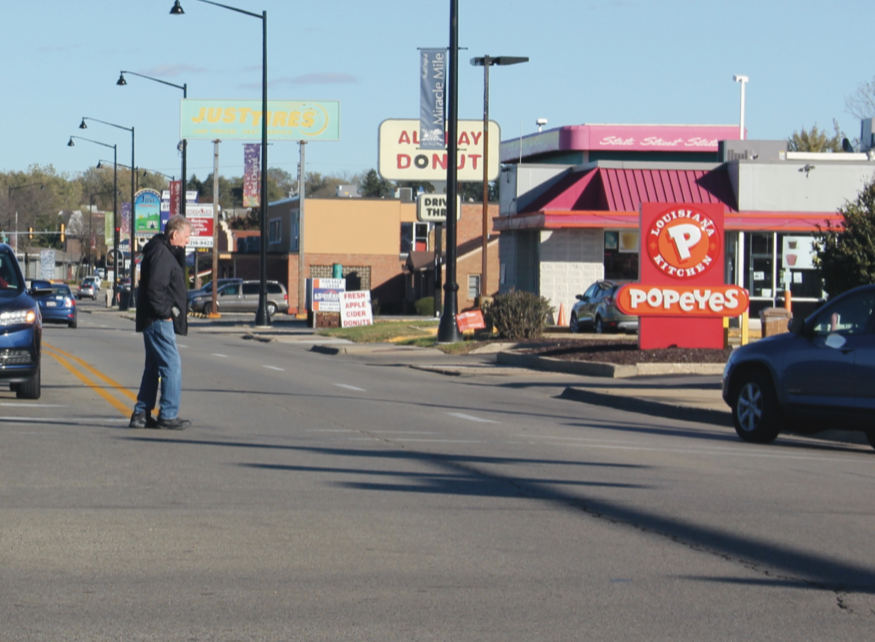Seattle will begin adding safe crosswalks without first assessing if high numbers of pedestrians are going to use them — a direct contradiction of the nation's road design Bible.
The Manual on Uniform Traffic Control Devices states that before communities can add a signalized crosswalk — a crosswalk with a traffic light — there must be at least 93 pedestrians that cross at the location every hour. If pedestrian traffic is insufficient, the manual will also allow a signalized crosswalk only if five pedestrians were struck by drivers (think about that) at that location within a year.
In recent years, some progressive transportation engineers have challenged this rule, noting it subordinates pedestrian safety to the speedy flow of car traffic. (Indeed, as transportation planners sometimes joke, you can't determine the need for a bridge by measuring how many people are swimming across the river.)
In Seattle, the city's lead engineer, Dongho Chang, announced that the city was "piloting a new approach" to crossings on its greenway system. The city will add the crosswalk and the signal and then count how many pedestrians cross and see if it reaches the threshold that the MUTCD recommends.
We are piloting a new approach for greenway crossings. We build the appropriate treatments at arterial crossings and count/evaluate usage afterward. This tells us if the treatments have been successful or if additional revisions are needed for the community.
— Dongho Chang (@dongho_chang) January 30, 2019
We're working with our State DOT partners to implement this approach on State facilities. We installed a new pedestrian signal at Aurora and 92nd St in September 2017, when new schools opened. Data indicate we need to do more here. New greenway connections will be completed soon. pic.twitter.com/ZB5dmbfnKQ
— Dongho Chang (@dongho_chang) January 30, 2019
According to Chang, the first experiment — at Ballard Avenue — was successful.
Eventually, some engineers hope, Seattle's experiment will push other cities to try a new approach and, eventually, encourage action by the national committee responsible for updating the MUTCD. It's especially important given the sharp increase pedestrian fatalities in recent years.






